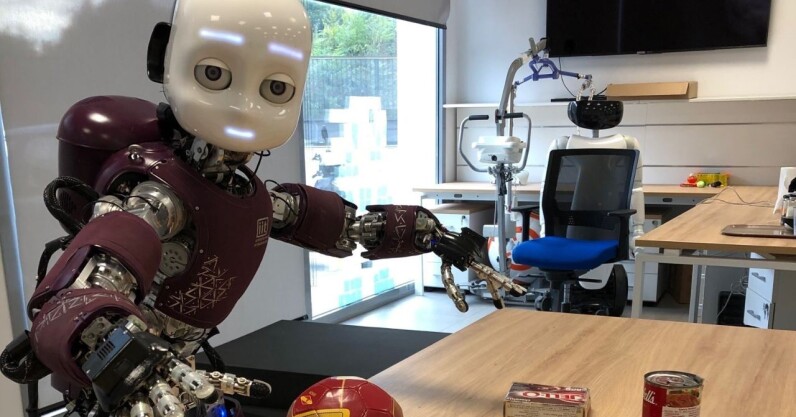

Scientists have tapped neuromorphic computing to keep robots learning about new objects after they’ve been deployed. For the uninitiated, neuromorphic computing replicates the neural structure of the human brain to create algorithms that can deal with the uncertainties of the natural world. Intel Labs has developed one of the most notable architectures in the field: the Loihi neuromorphic chip. Loihi is comprised of around 130,000 artificial neurons, which send information to each other across a “spiking” neural network (SNN). The chips had already powered a range of systems, from an smart artificial skin to an electronic “nose” that recognizes scents emitted from…
This story continues at The Next Web



